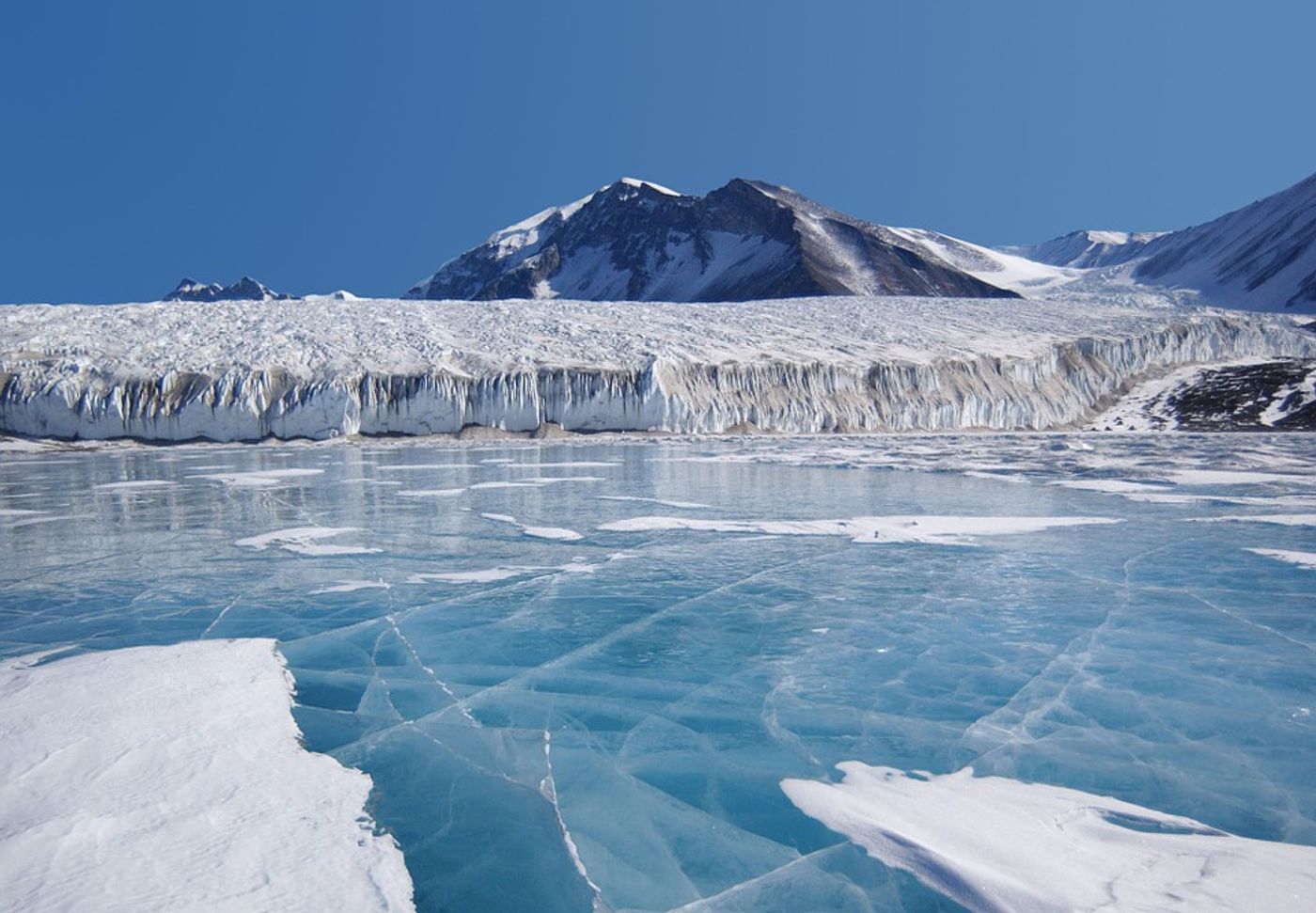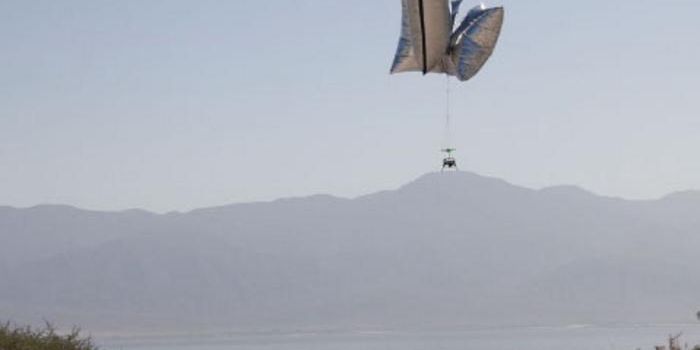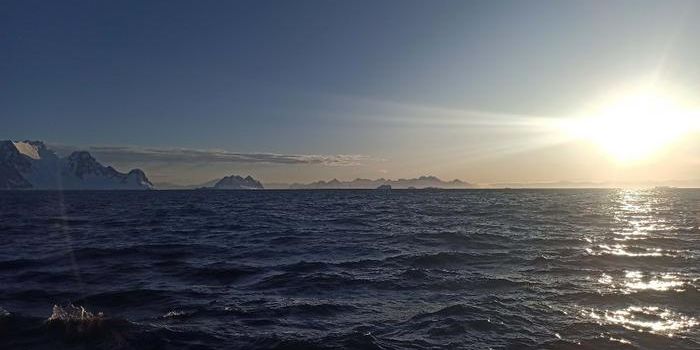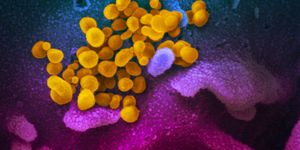The otherworldliness of Antarctic subglacial lakes
A study published recently in Global Biogeochemical Cycles details the mysterious depths of Antarctica’s subglacial lakes. There is still much to learn about the life under the surface of the continent’s huge ice sheets, and lead author Trista Vick-Majors, Assistant Professor of Biological Sciences at Michigan Technological University, wanted to find out what was going on under the Whillans Subglacial Lake in West Antarctica.
"Life is tough -- it can handle a lot," Vick-Majors said. "This paper is putting together what we know about the biology and how active it is under Antarctic ice with information about the composition of organic carbon in the lake."
Vick-Majors and fellow researchers gathered biogeochemistry data on the lake bed and what they found was otherworldly. By snaking cameras down into the lake (both Whillans and neighboring Mercer Subglacial Lake), the team noted high concentrations of organic carbon in the dark, cold, waters. They also saw that the lakes were full of soft and fluffy sediment and lined with bubble-filled ice, according to Science Daily.
As far as actually gathering data – well, that’s a feat within itself, involving a hot-water drill and lots of meticulous monitoring by fastidious researchers. Vick-Majors explains how the crew has to keep the hot water from the drill separate from the lake water to keep their samples and the lake clean. "It takes about 24 hours to drill the borehole and we keep it open for a few days; gathering a single sample or letting down the cameras can take two hours or more, depending on the equipment."
Despite the logistical nightmares of investigating such subglacial lakes, the researchers say that the data they gathered can offer insight on potential exoplanet environments, and even what extraterrestrial life might be like or how life might survive in similar conditions.
"There is water and there is life under the ice," Vick-Majors said. "These can teach us a lot about our planet because this is a great place to look at somewhat simplified ecosystems, without higher levels of organisms. So, we can answer questions about life that can be really hard to answer in other places."
That being said, the life we’re talking about is mostly microbial, of course, as no sunlight reaches the lakes and the water’s temperature is just under freezing – not the most livable conditions. But nevertheless, by measuring organic carbon and other chemical byproducts of living, eating, excreting and dying, Vick-Majors and her team gathered enough information to spur the imagination.
Sources: Global Biogeochemical Cycles, Science Daily









